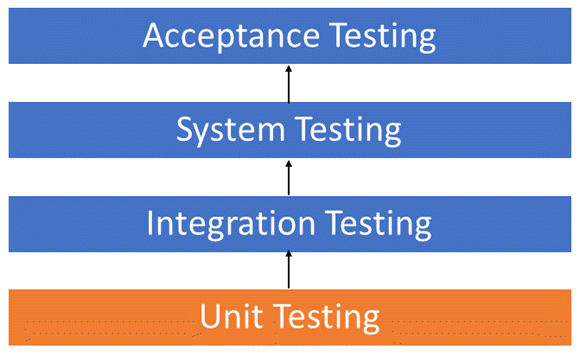What is Unit Testing and what are its uses?
An average user may not know much about software development. Building a computer program is not like a programmer writing all the code and publishing the product immediately. Standard and large software must go through a series of steps before reaching the end user. One of the most common tasks in software production is product testing, and we can safely say that it is no less important than product design and development. One of the famous tests used in making software is unit testing. Today, we want to talk about unit testing and what it means.
What is Unit Testing?
It is a stage of software testing in which small parts of a program (Units) or various components of software are tested. Developers use Unit Tests to see if their program performance is what they expected. In other words, Unit Testing shows the programmer how close he is to the initial design and whether his program complies with the initial design standards of the software or not. Unit refers to the smallest part of the program that can be tested and typically consists of several inputs and, finally, one output.
In procedural programming, a unit can be a function, procedure, or even a small program. Also in object-oriented programming, the smallest unit is a method that can belong to Class, Super class Abstract Class or Child Class. Some people mistakenly think of a module as a unit, which is not true because the module itself is made up of a number of units.
This test method is used when writing a program and usually by the programmer himself. Of course, sometimes the QA team does that too. Unit Testing is an important part of software development. Because if it is implemented properly, it can help a lot in software development. In this way, the flaws and problems of the program are identified and solved in the first place. Imagine how troublesome it would be to solve these problems when our project is so big.
A Unit Test process is generally divided into three parts:
- Map
- Cases and Scripts
- Unit Test
Unit Testing is the first phase of program testing and is actually the first level of program testing. This method is a White Box testing technique. White box testing is a method that examines the internal structure of a program, regardless of the output it produces. In models such as SDLC, STLC, or V Models, the first step in testing the project is Unit Testing, which is performed before other testing methods, such as integration testing. We hope you have a general understanding of what Unit Testing is. We suggest that you refer to the following article to learn more about Unit Testing in JavaScript:
How is the Unit Test performed?
Unit Test is done manually and automatically. Although most of the time, the automated method is used and this method is a priority, it does not matter which method you use until the work is done in the best way. In the automated method, the steps are followed as follows:
- The programmer writes a code to test the program and adds it to the project. This code will be removed from the code in the future, when the program is released.
- Generally, the programmer uses a Unit Test framework to check the status of the code. This has many advantages, for example, when Test fails, the framework generates a log of this information and presents it in the form of a report. Depending on the severity of the problem, the framework can prevent further tests.
There are many tools for Unit Tests, some of which you can see below:
- Junit: A free tool for implementing Unit Tests in the Java programming language.
- NUnit: An open-source framework for .Net technology.
- EMMA: A tool written in Java for analysis and reporting.
- PHPUnit: With PHPUnit, you can do PHP Unit Testing in the popular language.
- JMockit: A general unit testing tool with a wide variety of capabilities.
Advantages and disadvantages of the Unit Testing method
Like all modern technologies in the world, using unit testing has a number of advantages and disadvantages. Some of the scores that you get with the Unit Testing technique are:
- Unit Test helps to detect bugs in the software development cycle faster and save money.
- It gives the programmer a better understanding of the code, and the programmer can apply his changes more quickly.
- Unit Tests, if done well, will be very helpful in documenting the project.
- It allows you to use your code multiple times. You can add your own code and test it to future projects.
In addition to these strengths, we must also point out some of the negative points of this method. These may not be considered negative points, but there are weaknesses to this method:
- Unit Test is not able to detect all the bugs in the program and should not be used as the only code testing method.
- This method focuses on small parts of the program and may not be a good option for a full program test.
Conclusion
In this article, we examined what Unit Testing is and what it does. When you decide to become a professional programmer, you need to know a lot of different technologies and be able to use them in your project. Unit Test is the first level of software testing performed by project developers or quality control engineers. If this Test is done correctly, in the next stages of product development, software testing will be very easy. As a professional programmer, it is better to work with software testing method.

